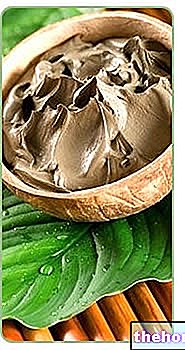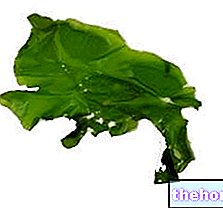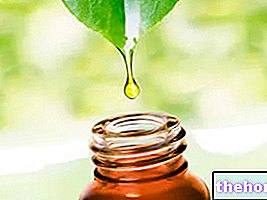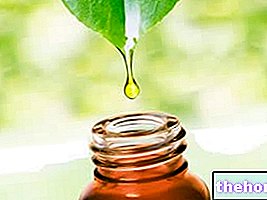Artemisia absinthium L.
Fam. Asteraceae (Compositae)
Subfam. Tubuliflorae
Herbe aux vers, herbe sainte, Aluine, absinth
English Worm-wood, Absinth
Spag. Ajenjo major
Ted. Wermuth
Common names: Amarella, Roman or greater wormwood, Incens, Ascenzi, Arsinz, Nascenzio or Assenzu
What is Absinthe

Etymologically, the word artemisia comes from the Latin word mugwort, which in turn derives from the Greek "artemes"which means" healthy-whole ", therefore, a plant that heals. Some scholars think it may be linked to Artemis, Greek goddess of fertility, and recalls the emmenagogic properties of the plant.The Romans identified it with Diana or Selene, the Moon. The most real hypothesis connects the name of the plant to Artemisia II, (reigned in 353-352 BC) wife of Mausolus, king of Halicarnassus, expert in botany and medicine, who was the first to discover the properties of this herb in the field gynecological.
Description
Wormwood, also called bitter mugwort, is an annual or perennial herbaceous plant, fragrant, very aromatic, very bitter. Provided with a hard rhizome that emits sterile, short and many-leaved shoots. It has round, furrowed and branched stems, long gray leaves. silver green due to the presence of hairs on the underside, pinnate-compound in the lower part of the stem, which become simple and sessile towards the top.
Flowers: the floriferous cauli are erect, 40-60 cm high and very branched; flowers, tubular and yellow, are gathered in small solitary flower heads (3-5 cm of diameter) or in racemose inflorescences. In the heads of the wormwood the peripheral flowers are female, uniseriate, tubular, with a tridentate corollino flap, the internal ones of the disc are hermaphroditic or sterile. The wormwood blooms in summer.
Fruit: smooth, hairless achene, without pappus.
Strongly aromatic odor.
Very bitter taste.
Areal
Absinthe grows spontaneously in stony and sunny places from the Mediterranean to the subalpine area up to 2000 m, but it is also cultivated. Spontaneously it grows only on slopes in full sun and in arid and rocky steppes. In Europe, excluding North, Western Asia , North Africa; Italy (missing in the islands).
Culture
The wormwood reproduces by sowing outdoors, in late spring, and then thinning out at a distance of 30-60 cm. Germination is often slow. It reproduces by cutting in summer, by division of the tufts in spring or autumn. Absinthe prefers medium and sunny soils. Cultivation does not require special care: it is sufficient to try to evoke the natural conditions. Cultivation in pots is not advisable.
Conservation: let the leaves dry in the shade, while the flowers dry in the sun.
The drug consists of the dried leaves and flowering tops, harvested in late September flowering.
The common wormwood contains 0,5 - 2% of essential oil, in greater abundance in the leaves, a and b-tuione and a very bitter terpene principle, absintin.
Uses
The liqueur and the essential oil are very toxic, have convulsive power, but in small doses they are stimulating and tonic.
Absinthe has aperitif properties, due to the bitter principle, which is why it is used in food to make liqueurs. The abuse of absinthe-based liqueurs leads to a disease called absintism, characterized by epileptic delirium (hallucinations, convulsions, brain injuries) and, sometimes, to death. For this reason, in some countries, such as France, the use of absinthe in liqueurs is prohibited.
In phytotherapy, wormwood is also used as a vermifuge against common intestinal nematodes (Ascaris lumbricoides and Oxyurus vermicularis) and antiseptic.
In organic farming with flowers and leaves, infusions are prepared against currant rust and decoctions against ants, aphids and mites; it also serves as a repellent cover.
Historical Notes
The name absinthe comes from the Greek absinthium and means devoid of sweetness and indicates the bitter taste (the most bitter after the rue).
So bitter that, in the Holy Scriptures, absinthe symbolized the vicissitudes and pains of life.
Already mentioned in the ancient Egyptian papyrus of Ebers, absinthe was also known in Germany in the Middle Ages, with the name of vermouth from the German word werimotate.
The medical use of absinthe was widespread in the thirteenth century also in Iceland and Norway.
Other articles on "Absinthe"
- Absinthe - Properties of Absinthe - Phytotherapy
- Absinthe in Herbalist: properties of Absinthe




























